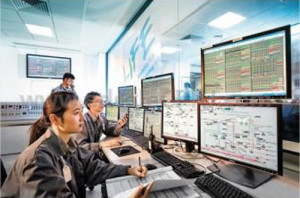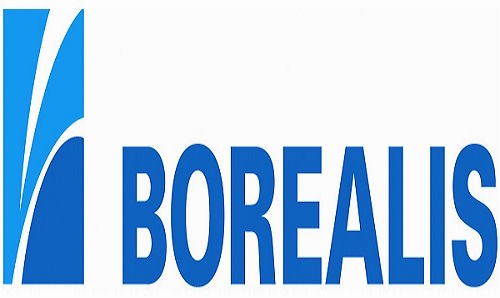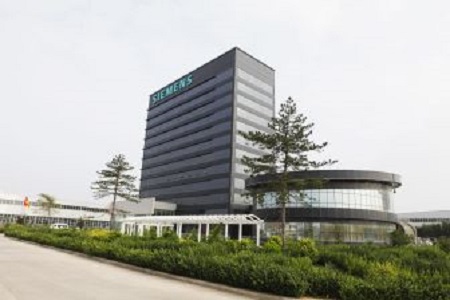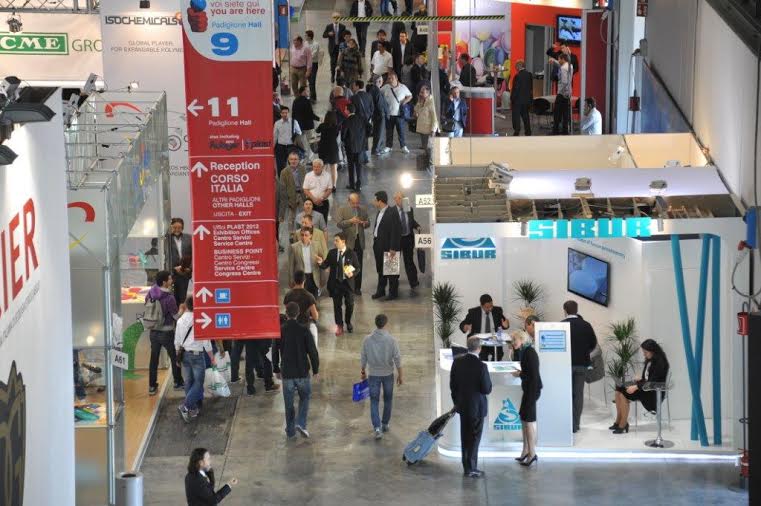Bayer MaterialScience has introduced a “home-grown” energy management system, STRUCTese, for the majority of its production sites to reduce CO2 emissions.
According to its statement, the self-developed system has been introduced in stages since 2008. It is now installed in 60 plants in Europe, Asia and America, where most of the energy in the company is consumed.

Most recently, a plant at the Chinese site of Shanghai was equipped with the system. The facility produces the chemical TDI, a key precursor for flexible polyurethane (PU) foam.
With the help of STRUCTese, Bayer said more than 1.2 million megawatt hours of primary energy, i.e. energy from natural sources is being saved overall every year. CO2 emissions have fallen by an average of 360,000 metric tons a year. The figure is estimated to reach 750,000 metric tons by 2020.
In total, Bayer aims to reduce the CO2 emissions per metric ton of material sold by 40%, and at the same time increase energy efficiency by 30% compared with 2005.
“We consider ourselves to be pioneers in the key field of energy efficiency and are continuously developing new methods for saving electricity and conserving resources,” says Dr. Tony Van Osselaer, Bayer MaterialScience Board member responsible for production. “Bayer MaterialScience thus sees itself as a driving force on the way to a more sustainable future.”
With the help of the control system, the actual energy consumption of a plant is permanently documented and can be adjusted individually. The method, which is certified to DIN 50001, is regarded by the DQS auditing company as one of the best conceived and best implemented energy management systems in the chemical industry, according to Bayer.
Bayer intends, after the conclusion of the first introductory phase, to itself implement STRUCTese in other plants.
“Among other things, we aim to use our system in a new and particularly environmentally friendly large-scale TDI production facility, which we intend to start up at the end of 2014 at our Dormagen site,” explains Energy Manager Matthias Böhm.






